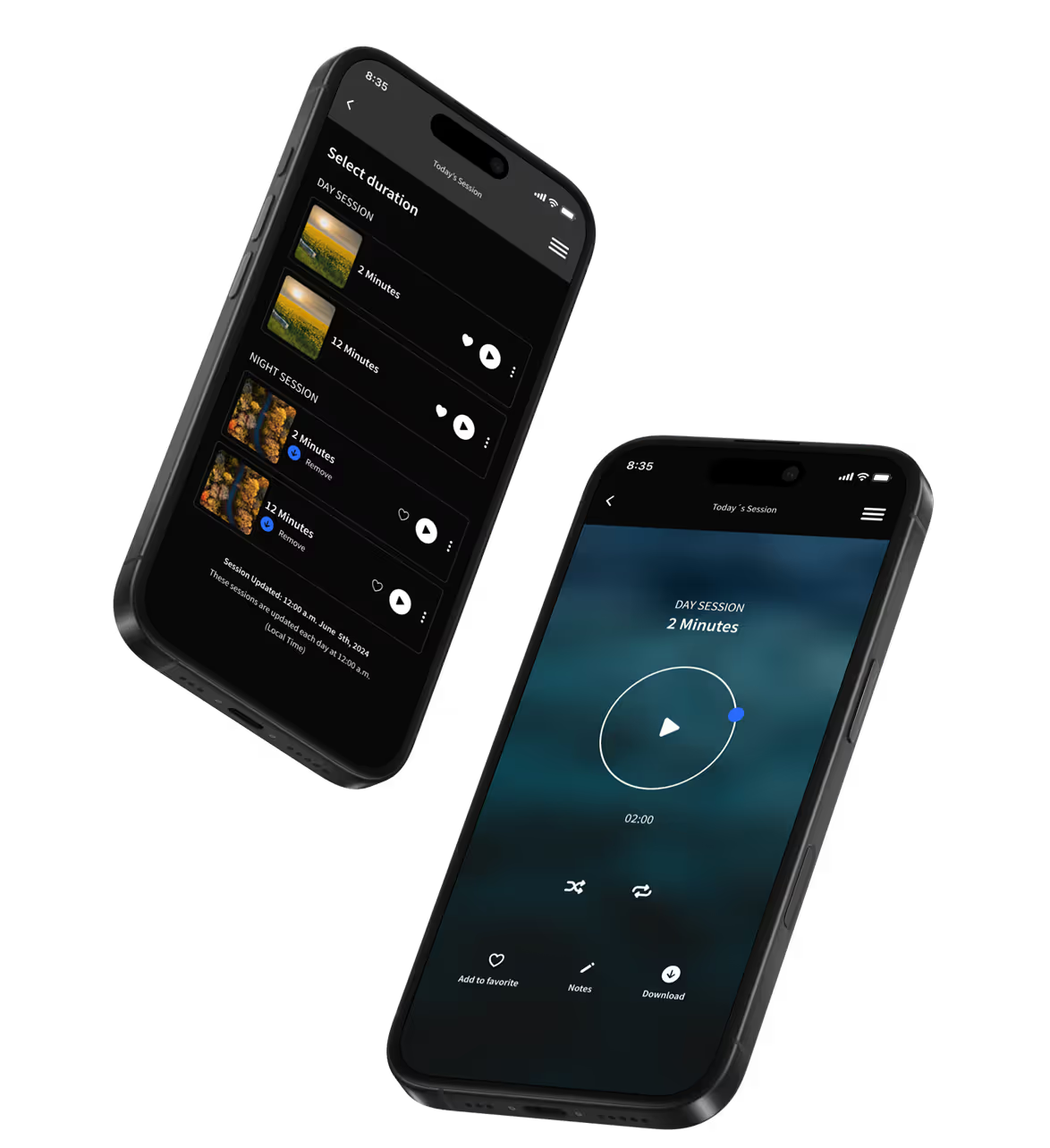Privacy Rule
No-code/low-code
Learn what privacy rules are in no-code, how Bubble, Webflow, and FlutterFlow use them, and why they are key for data security and user access
When you build apps with no-code platforms, handling data securely is one of the most important responsibilities. You need to control who can see, edit, or share information inside your app. This is where privacy rules come into play.
Privacy rules define how data is protected and who has access to it. For example, Bubble allows you to set privacy rules at the database level, ensuring only the right users can view or edit records. Webflow provides project and content permissions that manage access. FlutterFlow integrates with Firebase rules to protect data. In this guide, I will explain what privacy rules are, why they matter, and how no-code tools implement them.
What is Privacy Rule in No-code
A privacy rule in no-code is a setting that defines how data can be accessed or modified by users. It ensures that only authorized people can view or change sensitive information.
Privacy rules help you:
- Protect user data from unauthorized access
- Limit what different roles (admin, user, guest) can see
- Comply with data security and privacy regulations
- Prevent accidental leaks of sensitive information
- Improve trust by securing your app’s data
They act as a shield, keeping your project safe from misuse.
Why Privacy Rules Matter in No-code
Privacy rules are critical because they protect your users and your business. Without them, sensitive information could be exposed, leading to security risks and loss of trust.
Key benefits include:
- Data security: Protect personal and financial details
- Role management: Restrict access based on user type
- Compliance: Support privacy laws like GDPR and HIPAA
- Trust: Users feel safe knowing their data is secure
- Scalability: Maintain control as your user base grows
Without strong privacy rules, even the best-designed app is vulnerable.
How Privacy Rules Work in Bubble, Webflow, and FlutterFlow
Each no-code platform applies privacy rules in different ways:
- Bubble: Provides database-level privacy rules. You can set conditions so only certain users or roles can read or edit records.
- Webflow: Uses project and CMS permissions to control access for collaborators or clients. Content can be restricted by roles.
- FlutterFlow: Integrates with Firebase security rules. These rules decide who can read or write data in your backend.
All three help you manage data access without writing code.
Examples of Privacy Rules in Action
Here are real-world situations where privacy rules are essential:
- Bubble: Allowing only logged-in users to view their own order history
- Webflow: Giving a client editing rights for blog posts but not site design
- FlutterFlow: Restricting access so only admins can update sensitive database entries
- Automation Platforms: Zapier and Make restrict workflow triggers to authorized accounts
These examples show how privacy rules keep data safe while enabling functionality.
Privacy Rules vs Security Settings
Privacy rules and security settings often work together but are not the same:
- Privacy Rules: Define what specific users or roles can access in your app.
- Security Settings: Broader controls such as authentication, encryption, and API keys.
Think of security settings as the lock on your house and privacy rules as deciding which rooms each person can enter.
When to Use Privacy Rules in No-code
Privacy rules should be applied whenever you handle user data. Key situations include:
- Storing personal or financial details in a database
- Managing role-based access for admins and users
- Restricting content visibility for logged-in users only
- Protecting sensitive workflows or documents
- Ensuring compliance before launching apps publicly
Adding privacy rules early prevents security problems later.
Best Practices for Privacy Rules
To use privacy rules effectively, follow these practices:
- Define clear user roles and permissions
- Apply least-privilege access (only what is necessary)
- Test rules thoroughly before deployment
- Keep sensitive fields like passwords and payments restricted
- Regularly review and update privacy settings as the app grows
Strong practices help you maintain long-term security.
Challenges of Privacy Rules
Even with no-code platforms, privacy rules have challenges:
- Complexity in managing multiple roles
- Mistakes in conditions that expose data accidentally
- Limited customization in free or basic plans
- Over-restricting access, which may block users unnecessarily
- Difficulty tracking rules in large projects
Balancing accessibility and security is the key challenge.
Conclusion
Privacy rules in no-code are the foundation of secure, user-friendly apps. Bubble, Webflow, and FlutterFlow each provide tools to define who can view or edit data. These rules protect users, ensure compliance, and build trust.
While they may seem technical, privacy rules are essential for every serious no-code project. By applying them carefully and following best practices, you can launch apps that are safe, reliable, and professional.
FAQs
What are privacy rules in no-code?
How does Bubble use privacy rules?
Does Webflow have privacy rules?
Can FlutterFlow manage privacy rules?
What is the difference between privacy rules and security settings?
What are common mistakes in setting privacy rules?
Related Terms
See our numbers
315+
entrepreneurs and businesses trust LowCode Agency
Investing in custom business software pays off
"Sound and vibration is the building blocks of the universe", Albert explained to us. "If used correctly, it can improve not only your brain but your overall health and well-being." But none of that mattered if users couldn't reliably access the sessions they needed.
85%
reduction in app crashes after FlutterFlow migration
100%
background audio reliability achieved
,
Evolutioner



%20(Custom).avif)